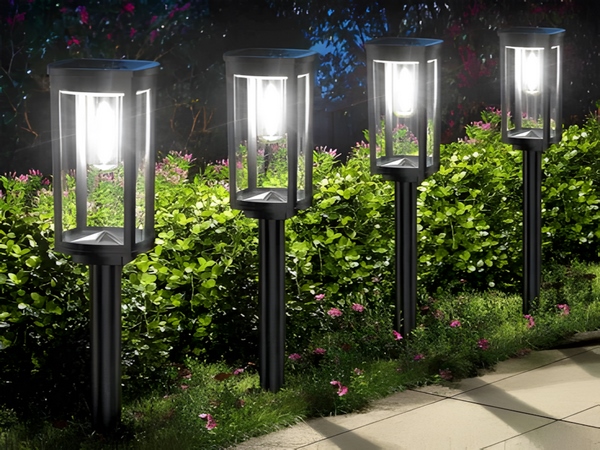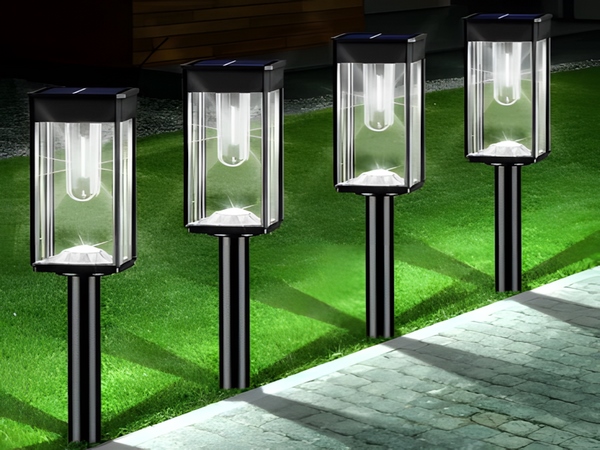

The design of lawn lights primarily adds safety and beauty to urban green landscapes through their shape and soft lighting. Due to their easy installation and strong decorative features, they can be used for ornamental lighting in parks, garden villas, and green areas in squares. Today, we will discuss how to reasonably set up lawn lights.
1. Application Scope
Functional lighting is required for lawns, pathways, secondary garden roads, and entrance roads. The typical height of lawn lights is between 0.4 to 1 meter, with an effective lighting radius of 3 to 5 meters. The spacing is generally controlled within 10 meters, and placement points should ideally be hidden within shrubbery for a discreet installation. When visibly placed in the lawn area, attention should be paid to their impact on the surrounding landscape.
2. Selection Requirements
Source Selection: Using LED sources can achieve certain energy-saving effects; however, it can pose significant challenges for future replacements since there are no ready-made circular LED integrated blocks available in the market. Properties must replace the entire fixture to repair faulty lights, which incurs high maintenance costs. Generally, energy-saving light sources are suitable for lawn lights. For maintenance convenience, it is recommended to select integrated self-rectifying energy-saving lamps rather than incandescent or lamp cup sources which have short lifespans, and to use LED types judiciously. The color temperature should generally range from 3000 to 4200K, with high color rendering (CRI greater than 80).
Light Fixture Height: When the light source is concealed within shrubs, the lighting effect is nullified and does not provide the intended functional lighting. For lawn light design selection, the height of the light source should be above the shrub line, approximately 20CM.

3. Installation Process
Placement Points: Fixtures should not be directly placed in prominent locations that could affect the overall visual experience of the landscape. Lawn lights should not be installed directly in visible, unobstructed positions, such as in low grassy areas, but instead adjusted to shrub zones to meet functional lighting requirements effectively.
Fixture Fixation: If the foundation for lawn lights embedded in the landscape is inadequate, and surrounding soil is not compacted tight, conditions such as loose expansion screws can cause the lawn lights to wobble. This presents safety hazards and affects the long-term use of the fixtures. The foundation should exceed 400mm, and fixtures can be secured with expansion screws or embedded rebar, with the surrounding soil compacted.



